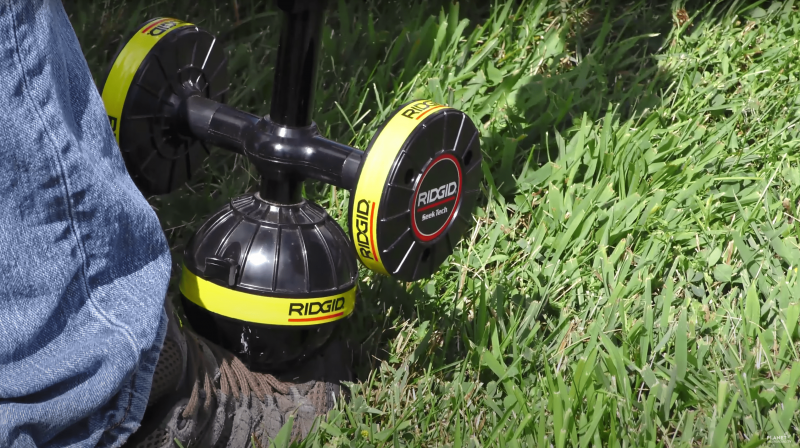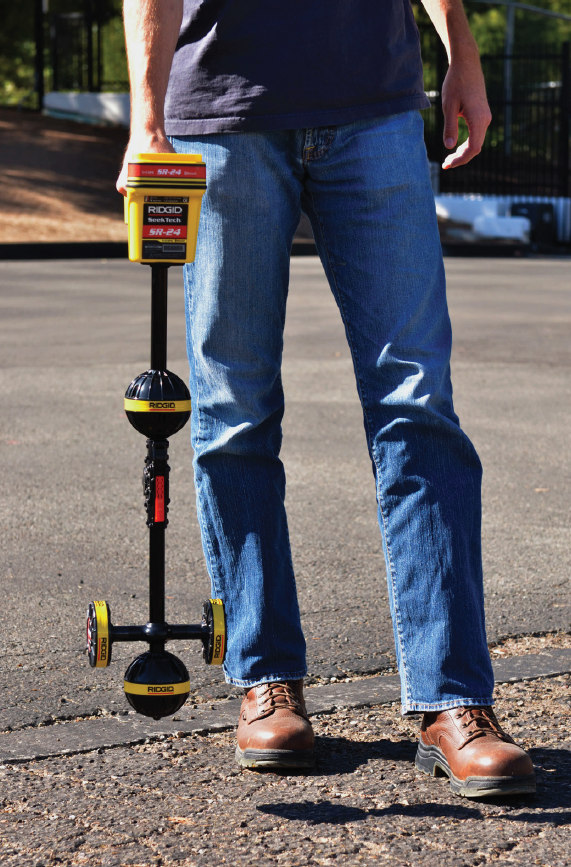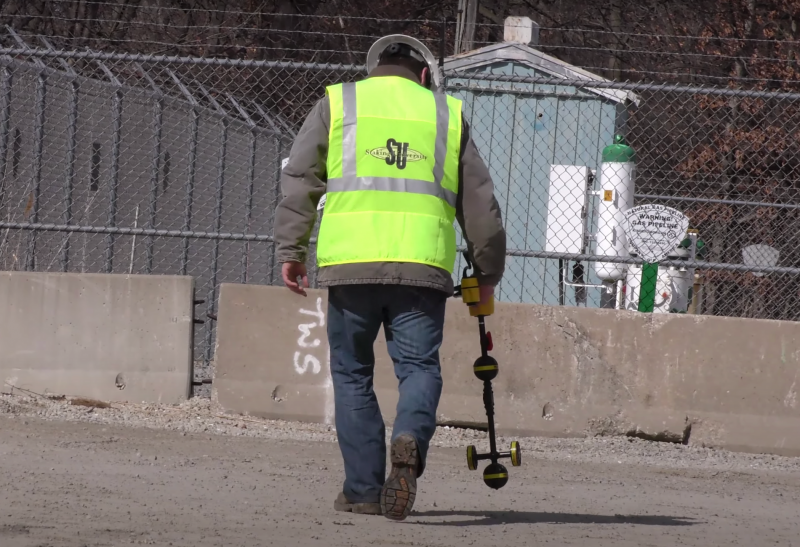Passive Utility Locating
Active vs Passive Locating – What’s the Difference?
Electromagnetic locating offers two methods to locate buried utilities. The first method, active locating, involves applying an electromagnetic signal onto a utility using a transmitter, and tracing the resulting signal with a receiver.
The second method, passive locating, involves using the receiver to detect electromagnetic signals in the area at a specific frequency or set of frequencies to search for buried conductors that have been energized by nearby power sources.
One of the Common Ground Alliance’s best practices for utility locating states that active locating is preferable over passive locating when possible1. Active locating allows you to isolate the buried utility(ies) being searched for. With the right conditions, you can create a strong, readily traceable signal on the utility.
For active locating to be possible, the utility needs to be accessible to the transmitter in the first place via access points like a valve or tracer wire. In addition, you have to know that the utility is present to begin with.
Unfortunately, it is often the case that unknown or abandoned utilities lie within the excavation area. Data from the most recent DIRT report compiled by the CGA makes this clear: the report states nearly 6% of damages caused to utilities by excavation are due to facilities being market inaccurately, or not at all, due to “abandoned facility.” An additional -2% of damages are caused by inaccurate or incomplete locates due to “incorrect facility record/map.”2
All told, these numbers represent nearly 27,500 utility damages across the United States alone.

Performing a Passive Sweep
While active locating may be preferable to passive locating for tracing specific utilities, passive locating is an incredibly useful method for identifying unknown and abandoned utilities, or even utilities that are known but inaccessible. Electromagnetic locating receivers include the ability to detect the frequency of alternating current used on the power grid – 60 Hz in North America, and 50 Hz in most of Asia, Africa, the UK, and Europe. Power line harmonics offer additional opportunities for tracing incidentally energized utilities.
To perform a passive sweep, set the receiver to the mode specified by the manufacturer for detecting signals passively. Walk in a grid within the locate area. When a signal is detected, walk along the signal to trace it and mark it. If the signal leads to an access point, hook up to it and trace it with an active locate to verify the utility’s position.
RIDGID® SeekTech® receivers like the SR-60 and SR-24 include OmniSeek® broadband modes. In addition to 60/50 Hz default, power line mode, and radio frequency broadband mode, OmniSeek allows you to search for both power and radio frequencies simultaneously.
No matter what methods are used, the goal of utility locating is the same: to find and mark the location of buried services to prevent them from being damaged during excavation. Since as-builts may be incomplete or inaccurate, passive locating is an important tool for helping the operator locate all utilities in the planned excavation area. Protecting the vital services that keep our homes and businesses running is worth the effort.

1) See CGA Best Practices, Ver 16, chapter 4-12: “Locating Electromagnetically,” pg 37.
2) See CGA 2018 DIRT Report. Table 6, pg 24.


